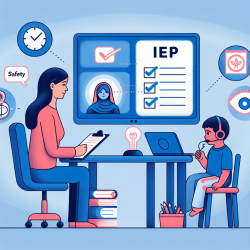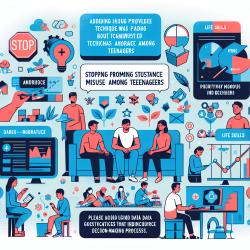Introduction
In the realm of speech-language pathology and developmental disorders, understanding the genetic underpinnings of autism spectrum disorder (ASD) is crucial for creating effective interventions. A recent study titled "Genetic counseling as preventive intervention: toward individual specification of transgenerational autism risk" offers groundbreaking insights into how genetic counseling can be utilized to predict and potentially mitigate the risk of autism in future generations.
Understanding the Research
The study investigates four measurable characteristics of prospective parents that could influence the risk of autism in their offspring:
- Subclinical autistic trait burden
- Parental history of a sibling with ASD
- Transmitted autosomal molecular genetic abnormalities
- Parental age
These factors were analyzed to determine their association with increased autism risk in children, especially in families where autism is present in the parental generation.
Key Findings
The research found that all four characteristics were linked to an elevated risk of autism in offspring. However, the predictive power of these factors, except for rare inherited pathogenic variants, does not yet meet the threshold for actionable reproductive decision-making. This highlights the complexity of genetic influences on autism and the need for further research to refine these predictions.
Implications for Practitioners
For practitioners in the field of speech-language pathology, these findings underscore the importance of incorporating genetic counseling into practice. Here are some actionable steps you can take:
- Stay informed about the latest genetic research related to autism to better understand the risk factors.
- Collaborate with genetic counselors to provide comprehensive care to families affected by autism.
- Advocate for genetic screening and counseling as part of the standard care for families with a history of autism.
Encouraging Further Research
The study emphasizes the need for ongoing research to improve the predictive accuracy of genetic factors in autism. As a practitioner, you can contribute to this effort by participating in research studies, collecting data, and sharing your findings with the broader scientific community.
Conclusion
Genetic counseling holds promise as a tool for predicting autism risk, but more work is needed to enhance its accuracy and applicability. By staying engaged with the latest research and collaborating with genetic experts, practitioners can play a pivotal role in advancing our understanding of autism and improving outcomes for future generations.
To read the original research paper, please follow this link: Genetic counseling as preventive intervention: toward individual specification of transgenerational autism risk.










